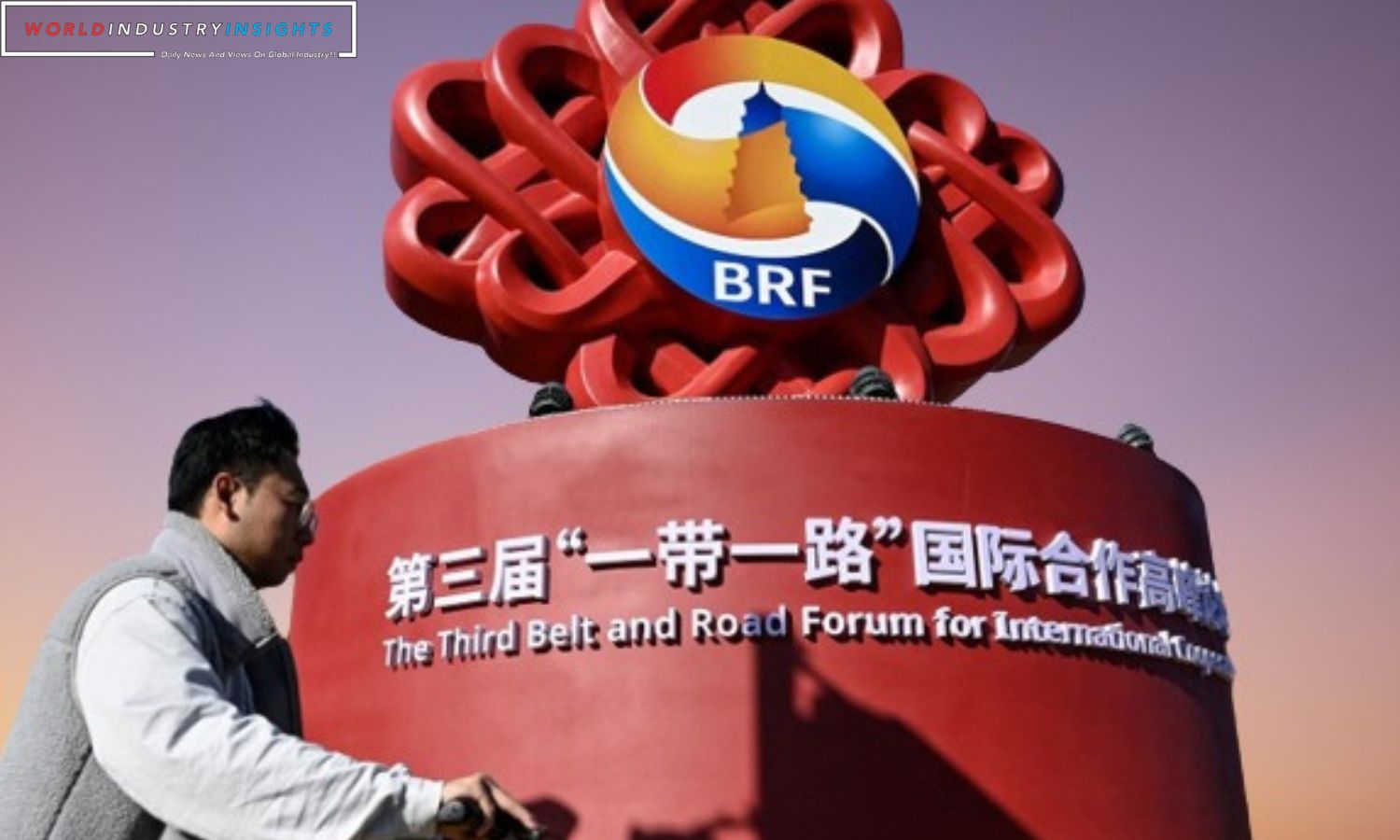China Shifting Role as a Global Lender: Chinese financial institutions have extended a staggering $1.34 trillion in loans to developing nations from 2000 to 2021, according to U.S. researchers at AidData. This vast lending initiative, initially focused on infrastucture, has increasingly shifted toward rescue lending. While lending commitments peaked at nearly $136 billion in 2016, China continued to commit to almost $80 billion of loans and grants in 2021.
These findings, drawn from an extensive dataset of nearly 21,000 projects in 165 low and middle-income countries, illustrate China’s transformation from the world’s biggest bilateral infrastructure lender to a prominent provider of rescue financing. China’s overseas financial support has garnered allies across the developing world, yet it has also faced criticism from the West and some recipient countries that struggled to repay debt incurred through Chinese-funded infrastructure projects.
The report reveals significant shifts in both the sources and focus of China’s overseas financing. In 2013, when President Xi Jinping launched the Belt and Road Initiative (BRI), China’s policy banks were responsible for over half of the lending. However, their share began to decline from 2015, accounting for only 22% of lending by 2021. The People’s Bank of China and the State Administration of Foreign Exchange (SAFE) emerged as the primary lending entities in 2021, primarily engaged in bailout lending.
China’s new role as the world’s largest official debt collector raises concerns, particularly when managing repayment risk. China has employed foreign currency cash escrow accounts that it controls as one mechanism to mitigate this risk. However, the arrangement is contentious as it grants China debt seniority, potentially disadvantageous to other lenders, including multilateral development banks, during coordinated debt relief efforts.
Also Read: China Ambitious Imports Drive: Premiers Pledge to Boost Market Access
AidData identified 15 countries, mainly in Africa, with escrow accounts totalling $2.5 billion at their peak in June 2023. The actual amount in escrow accounts may be much higher, as many of these accounts are typically kept confidential.
Furthermore, China has expanded its collaboration with multilateral lenders and Western commercial banks. In 2021, half of its non-emergency lending comprised syndicated loans, with 80% of these loans executed alongside Western banks and international financial institutions.
Chinese overseas lending destinations have also experienced significant shifts. Loan commitments to African countries declined from 31% of the total in 2018 to 12% in 2021, while lending to European countries nearly quadrupled, reaching 23%. This evolving landscape in Chinese overseas lending signifies the nation’s adaptability and its growing influence in the global financial landscape.
Our Reader’s Queries
Is China the world’s biggest lender?
China has emerged as the largest bilateral lender globally since 2017. Its primary development banks have disbursed almost $500bn between 2008 and 2021. Although some of this funding predates the belt and road initiative (BRI), the programme has been instrumental in mobilising a significant portion of the investment in developing nations.
Has China surpassed the World Bank in lending to developing countries?
In 2017, China outpaced the World Bank, IMF, and all 22 Paris Club governments in outstanding claims. What sets China apart from other major economies is that a significant portion of its external lending is official, meaning it is carried out by the government, state-owned policy banks, or other state-owned entities. This unique approach to lending has allowed China to become a major player in the global economy.
How China became the world’s largest debt collector?
According to a recent report by AidData, a whopping 80% of China’s lending to developing countries is directed towards nations that are struggling financially. The research firm, based in the US, has estimated that the total outstanding debt, excluding interest, is at least $1.1 trillion. This highlights the significant role that China plays in the global economy, particularly in the developing world.
Why China lending money to countries?
The first loans primarily belonged to the Belt and Road Initiative, a project initiated by China’s top leader, Xi Jinping, in 2013. The objective of this initiative was to establish robust transportation, communication, and political connections in over 150 countries.


